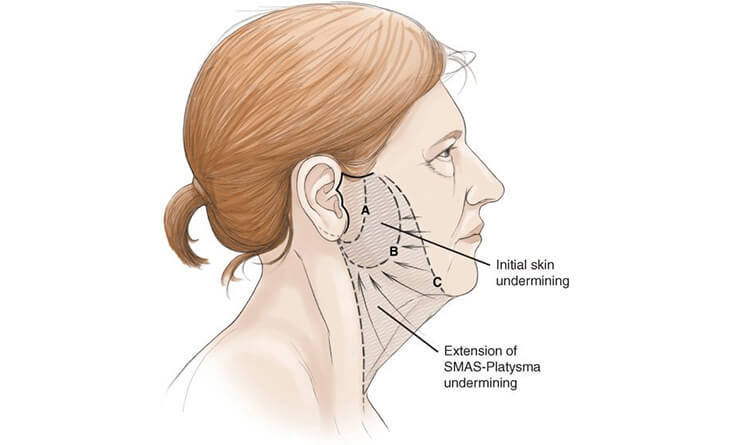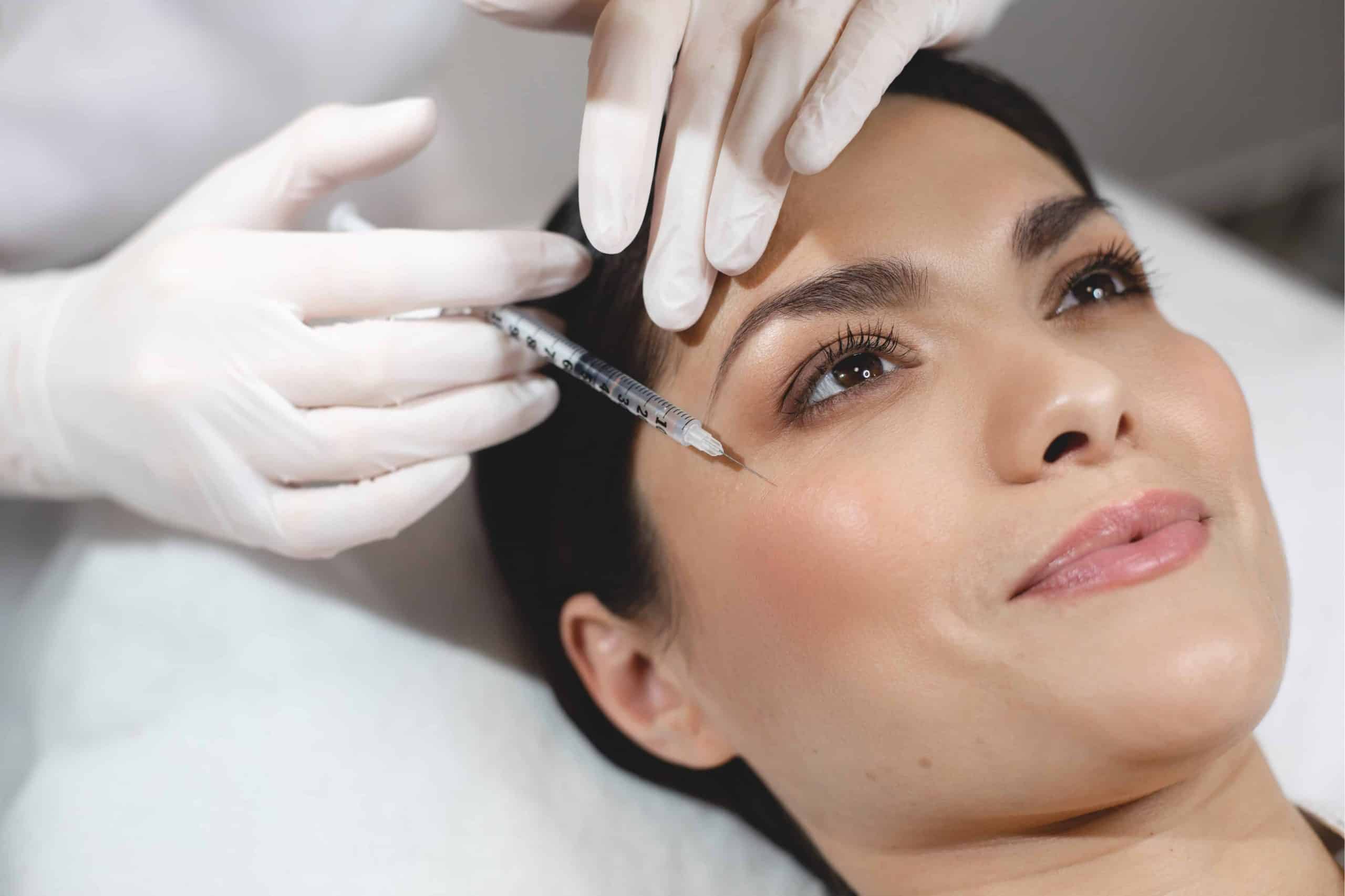Facelift procedures, also known as rhytidectomy, are cosmetic surgeries designed to reduce signs of aging and enhance the overall appearance of the face. These procedures target sagging skin, deep creases, and loss of muscle tone, offering a more youthful and refreshed look. There are various types of facelift procedures, each tailored to address specific concerns and achieve desired results.
Types of Facelift procedure
Facelift procedures, or rhytidectomy, come in various forms to address different aging concerns and achieve specific aesthetic goals. A traditionalfaceliftfocuses on the mid to lower face and neck, removing excess skin and tightening underlying tissues to reduce sagging and deep wrinkles. A mini-facelift, also known as a "weekend facelift," offers a less invasive option with shorter recovery times, targeting mild to moderate sagging primarily in the lower face. Deep plane facelifts and SMAS facelifts go beyond the skin to lift and reposition deeper facial structures, providing more comprehensive rejuvenation and natural-looking results. For those seeking non-surgical options, a thread lift uses sutures to lift and tighten the skin subtly. Liquid facelifts utilize injectables like dermal fillers and Botox to enhance facial contours and smooth out wrinkles without surgery. Each type of facelift procedure is tailored to individual needs, allowing patients to choose the most suitable approach for achieving a refreshed, youthful appearance.
The UpLyft Facelift
The UpLyft facelift is an innovative, minimally invasive cosmetic procedure aimed at providing a youthful and refreshed appearance with minimal downtime. This technique utilizes small, strategically placed incisions along the hairline and jawline, allowing for precise lifting and sculpting of the delicate facial muscles. Performed under local anesthesia with soft sedation, the UpLyft facelift minimizes discomfort and speeds up recovery time. During the procedure, the surgeon carefully repositions sagging tissues and tightens underlying structures to enhance facial contours and reduce the appearance of fine lines and wrinkles. The result is a natural-looking rejuvenation without the overly tight or "pulled" look often associated with traditional facelifts. The UpLyft facelift is particularly suited for individuals looking to address early signs of aging while avoiding the extensive recovery associated with more invasive procedures. One of the key benefits is the quick return to daily activities, making it an ideal choice for those with busy lifestyles. Overall, the UpLyft facelift offers a balanced approach to facial rejuvenation, combining effective results with a minimally disruptive procedure, allowing patients to enjoy a refreshed and youthful appearance without significant downtime.

Deep Plane Facelift
The deep plane facelift is a highly effective cosmetic procedure designed to rejuvenate the face by targeting the deeper layers of facial tissue. Unlike traditional facelifts that primarily address the superficial layers of the skin, the deep plane facelift focuses on the deeper structures, including the muscles and connective tissues known as the Superficial Musculoaponeurotic System (SMAS). This technique allows for more substantial lifting and repositioning of the facial tissues, resulting in a more natural and long-lasting rejuvenation. During the procedure, the surgeon makes incisions along the hairline and around the ears to access the deeper planes of the face. By lifting and repositioning the underlying tissues, the deep plane facelift effectively addresses sagging skin, deep nasolabial folds, and jowls, providing a youthful and refreshed appearance. One of the key benefits of the deep plane facelift is the reduced tension on the skin, which minimizes the risk of a "pulled" look and enhances the overall naturalness of the results. Although the recovery period may be slightly longer than that of less invasive facelifts, the deep plane facelift offers significant and enduring improvements, making it an ideal choice for individuals seeking comprehensive facial rejuvenation with lasting effects.

The Mid Facelift
The mid facelift, also known as a cheek lift, is a cosmetic surgical procedure aimed at rejuvenating the middle third of the face, primarily focusing on the cheeks and lower eyelid area. This technique addresses sagging skin, deep nasolabial folds (the lines running from the nose to the corners of the mouth), and hollowing under the eyes, providing a more youthful and refreshed appearance. During the procedure, the surgeon makes small incisions, typically hidden within the hairline or inside the mouth, to access and lift the underlying tissues and muscles. By repositioning the fat pads in the cheeks and tightening the skin, themid faceliftrestores volume and smoothness to the mid-face region. This procedure is ideal for individuals who have experienced sagging or loss of volume in the cheeks but do not yet need a full facelift. The mid facelift offers natural-looking results with relatively minimal scarring and downtime compared to more extensive facelift procedures. Recovery typically involves mild swelling and bruising, with most patients returning to their normal activities within two weeks. Overall, the mid facelift effectively enhances the facial contours and provides a rejuvenated, youthful look, focusing specifically on the middle section of the face.

Liquid Facelift
A liquid facelift is a non-surgical cosmetic procedure that aims to rejuvenate and enhance facial contours using injectable treatments. This approach combines dermal fillers and neuromodulators, such as Botox, to address signs of aging like wrinkles, sagging skin, and volume loss. Dermal fillers, often containing hyaluronic acid, are used to plump up areas that have lost volume, such as the cheeks, lips, and under-eye hollows. These fillers help restore a youthful fullness and smooth out deep folds and lines. Botox, on the other hand, relaxes facial muscles that cause dynamic wrinkles, like crow's feet and frown lines, providing a smoother and more relaxed appearance.
The procedure is quick, typically taking about 30 minutes to an hour, and involves minimal downtime, allowing patients to return to their daily activities almost immediately. Results from a liquid facelift are noticeable right away and can last from several months to over a year, depending on the specific products used and individual patient factors. The non-invasive nature of the liquid facelift makes it an attractive option for those seeking subtle yet effective enhancements without the need for surgery. Regular maintenance treatments are required to sustain the youthful look achieved with a liquid facelift.

Conclusion
In summary, the array of facelift procedures available today allows individuals to choose the best approach for their specific needs and aesthetic goals. From traditional facelifts providing comprehensive facial rejuvenation to less invasive options like mini facelifts and non-surgical liquid facelifts, there are techniques tailored to different degrees of aging and recovery preferences. Advanced methods like the deep plane facelift and mid facelift focus on deeper tissues for more natural and long-lasting results, while thread lifts offer subtle improvements with minimal downtime. Each type of facelift brings unique benefits, ensuring that patients can achieve a refreshed, youthful appearance through a personalized treatment plan crafted by an experienced surgeon.
Read More